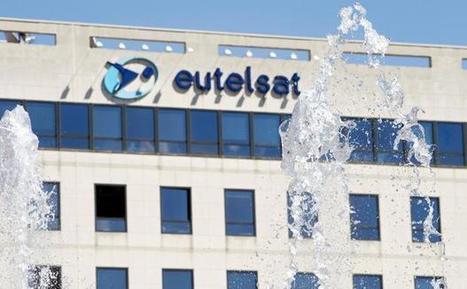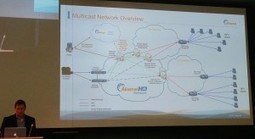The first commercial deployments of version 2.0 of the hybrid broadcast/broadband standard HbbTV are now likely to surface in the second half of 2015, with mainstream adoption taking place the year after, according to the HbbTV Association – currently holding its annual Symposium in Paris.
Proposed features for HbbTV 2.0 include improved support for HTML-5, push-VOD, ad insertion, HEVC video and MPEG-Dash – plus the introduction of companion screen app-launching and synchronisation.
It had been hoped the specification would be nailed down around half-way through 2014, but Kirk Edwardson, co-chair of the HbbTV Marketing Group, said that 2.0 was still moving through ratification and final approval.
“Late this year/Q1 next year, we should be into final ratification, and starting then to turn that over to commercial suppliers […] to start to implement,” he said. “So I think we should start seeing our first 2.0 services and devices in the second half of 2015. 2016 is probably where you’ll see it really blossom.”



 Your new post is loading...
Your new post is loading...








![Digital TV Labs Offers Interoperability Testing For OTT, Hybrid And HbbTV Operators including OIPF, DRM and DASH [PR] | Video Breakthroughs | Scoop.it](https://img.scoop.it/-d-oBejMhfoiSonvRLCgajl72eJkfbmt4t8yenImKBVvK0kTmF0xjctABnaLJIm9)







